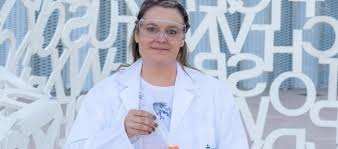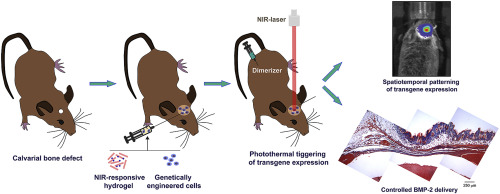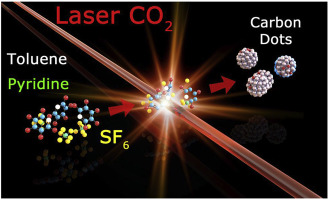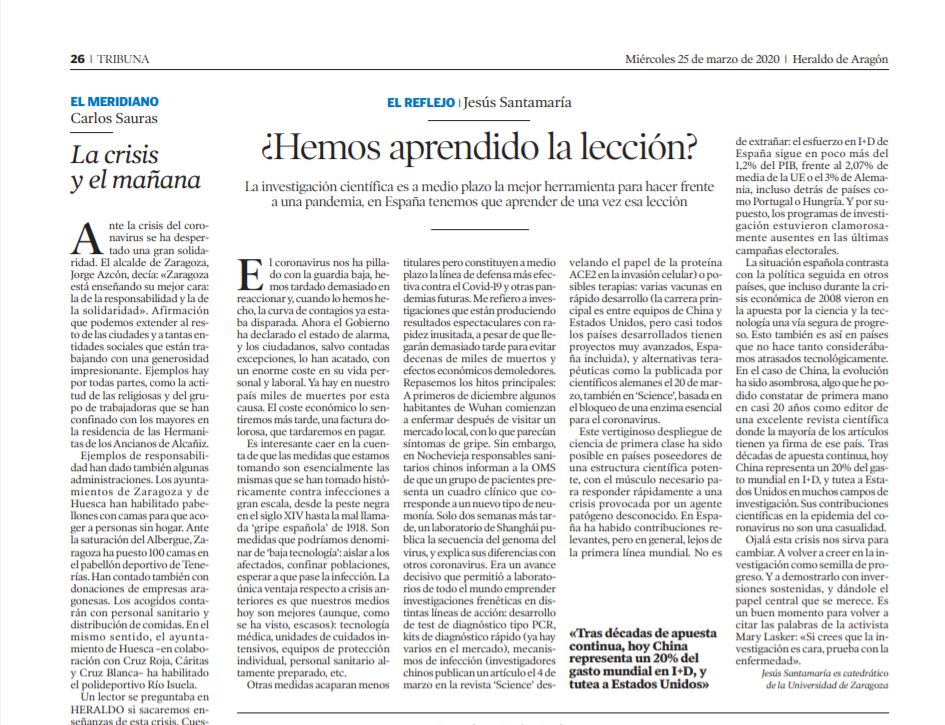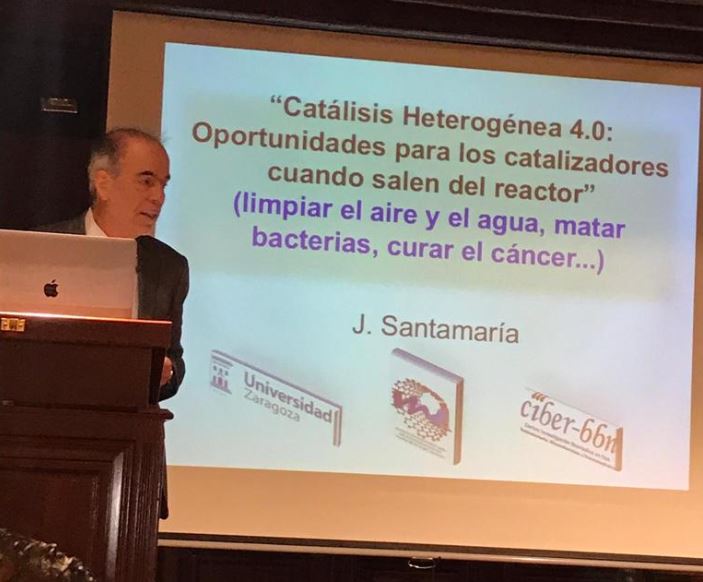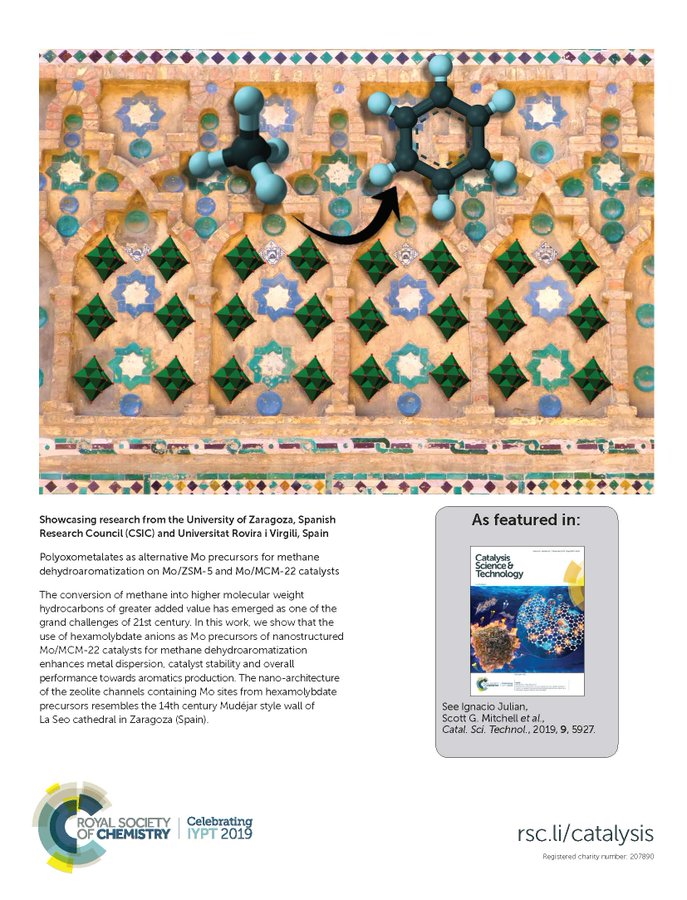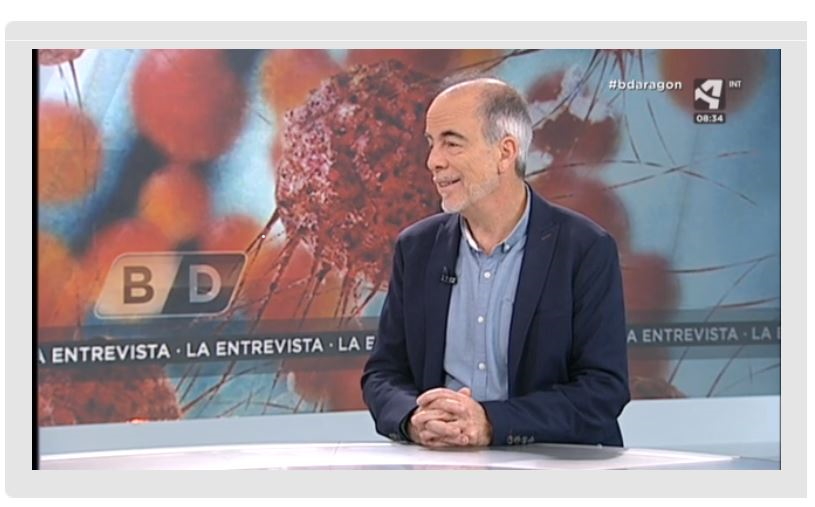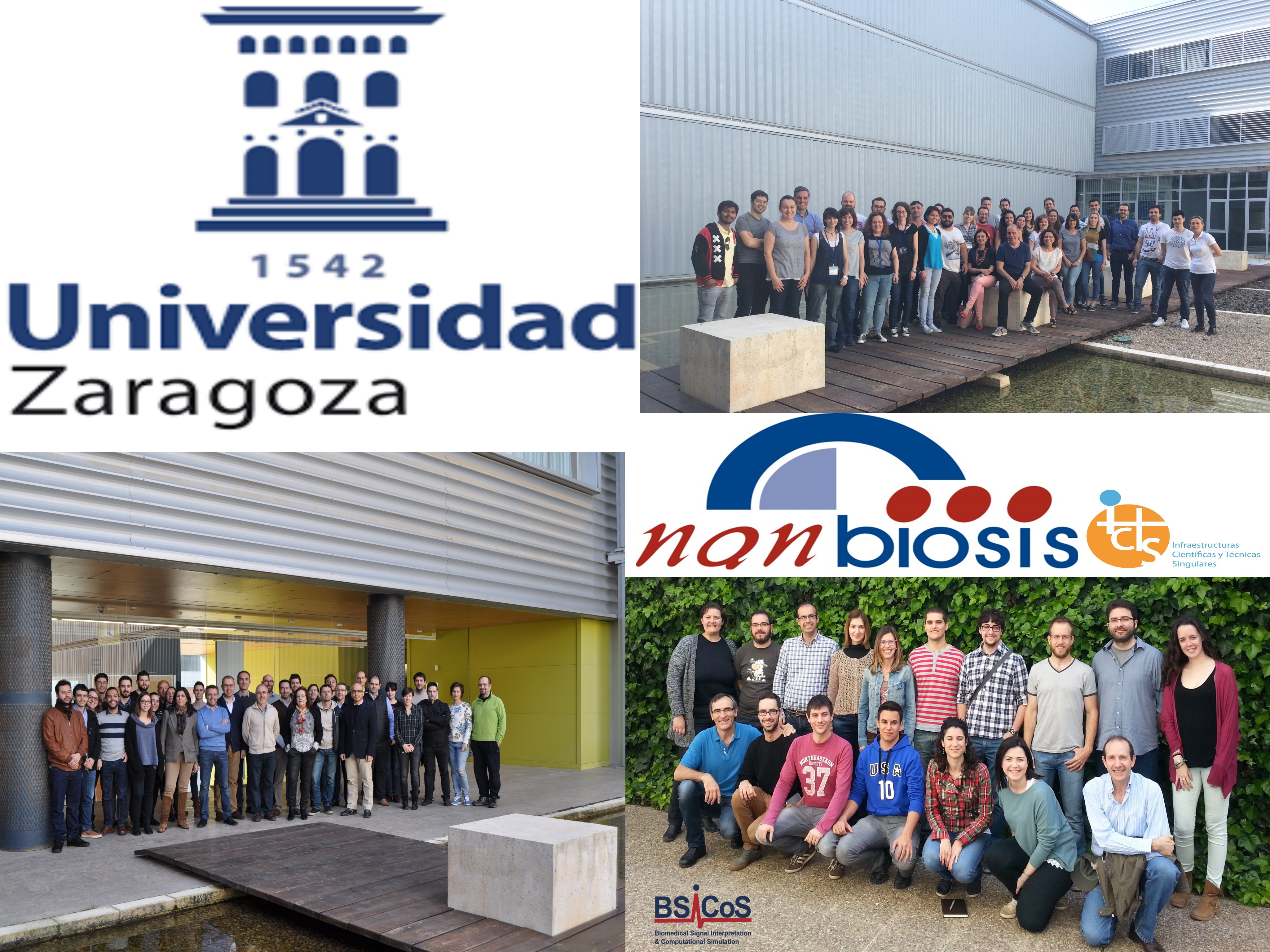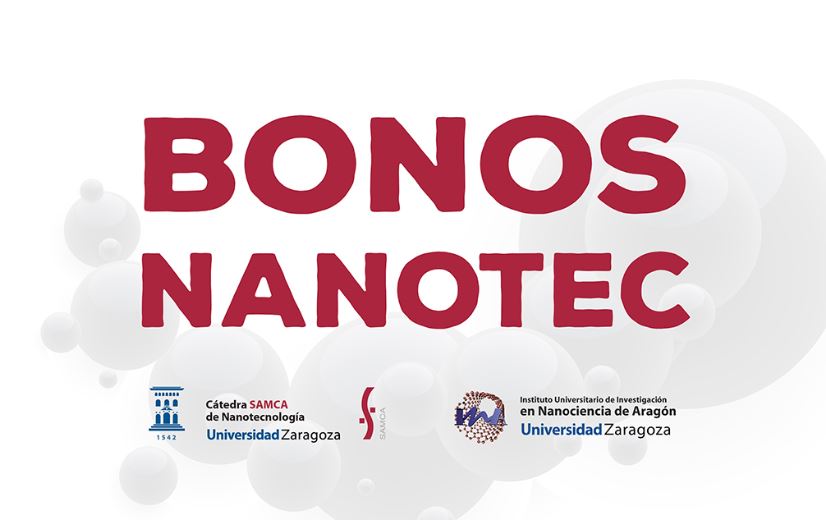A project to develop rapid and early diagnostic tests of Covid-19 to reduce false negatives
The Journal Heraldo de Aragón has published an article highlighting the participation of Aragonese researchers in projects to fight Covid-19 Pandemic. Pilar Martín Duque, researcher from NANBIOSIS U9 Synthesis of Nanoparticles Unit, is leading a project financed by the Covid-19 Fund, launched by the Carlos III Health Institute (ISCIII). Thanks to this project, rapid and early diagnostic tests of Covid-19 are being developed to reduce false negatives.
To read the article: https://www.heraldo.es/branded/la-tecnologia-y-la-innovacion-claves-vitales-para-el-desarrollo-sostenible/
